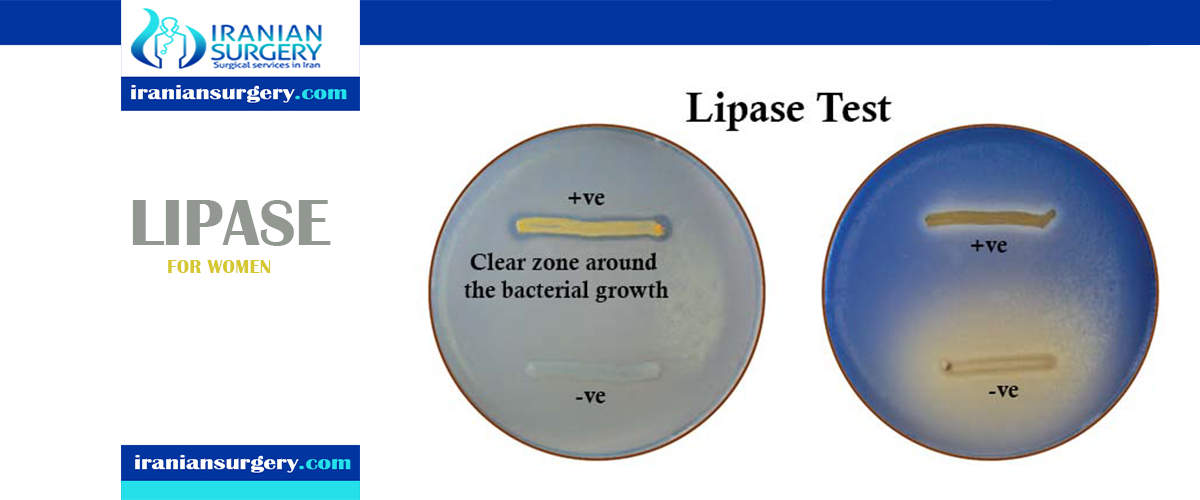Lipase Test

Lipase Test
What is a lipase test?
Your pancreas makes an enzyme called lipase. When you eat, lipase is released into your digestive tract. Lipase helps your intestines break down the fats in the food you’re eating.
Certain levels of lipase are needed to maintain normal digestive and cell function. But abnormally high levels of the enzyme in your blood can indicate a health problem.
A serum lipase test measures the amount of lipase in the body. Your doctor may also order an amylase test at the same time as the lipase test. An amylase test is used to diagnose diseases of the pancreas, but is used less frequently since it can come back high due to other problems. The results from these tests are typically used to diagnose and monitor specific health conditions, including:
- acute pancreatitis, which is a sudden swelling of the pancreas
- chronic pancreatitis, which is a chronic or recurrent swelling of the pancreas
- celiac disease
- pancreatic cancer
- What’s the reason for the test? | Purpose
The lipase test is commonly ordered when you have one of the health conditions noted above. Increased levels of lipase in your blood may signal the presence of a disease.
Although the lipase test can be used to monitor certain health conditions, the test is typically used for initial diagnosis. Your doctor may order the test if you have clinical symptoms of a pancreatic disorder. These include:
- severe upper abdominal pain or back pain
- fever
- oily or fatty stools
- loss of appetite
- weight loss
- nausea with or without vomiting
What’s the preparation for the test?
You don’t need to fast before a lipase test. However, you may need to stop taking certain medications or herbal supplements before the test. These medications may interfere with the test results. Talk to your doctor about your medications. Don’t stop taking any of your medications without checking with your doctor first.
Common medications that may affect the results of the lipase test include:
- birth control pills
- codeine
- morphine
- thiazide diuretics
How is the test administered?
The lipase test is performed on blood taken from a standard blood draw. A healthcare professional in a clinical setting will take the blood sample from your arm. The blood will be collected in a tube and sent to a laboratory for analysis.
Once the results are reported, your doctor will give you more information about the results and what they mean.
What are the risks of the test?
You may experience some discomfort during the blood draw. Needle sticks may result in pain at the site where your blood is drawn. Following the test, you may have some pain or throbbing at the site of the blood draw. You may also notice bruising at the site after the test is over.
The risks of a lipase test are minimal. These risks are common for most blood tests. Potential risks for the test include:
- difficulty obtaining a sample, resulting in multiple needle sticks
- fainting from the sight of blood, which is called a vasovagal response
- an accumulation of blood under your skin, which is called a hematoma
- the development of infection where the skin is broken by the needle

